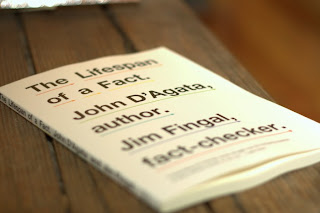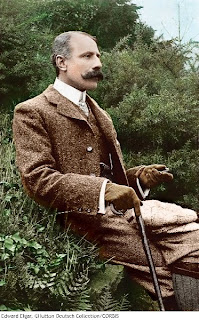
A conservative group is pressuring Toys R Us to not shelve the new Archie comic that deals with gay marriage.
From a piece on Media Bistro...
In issue 16 of the Life with Archie series, Kevin Keller, Archie Comics’ first openly gay character, gets married to his boyfriend. One Million Moms has created a form letter for parents to email to the toy store. You can read the complete letter below…
The letter concludes with this threat: “Please remove all the same-sex ‘Just Married – Archie’ comic books immediately from your shelves. My decision to shop in your stores depends on it.”


















































